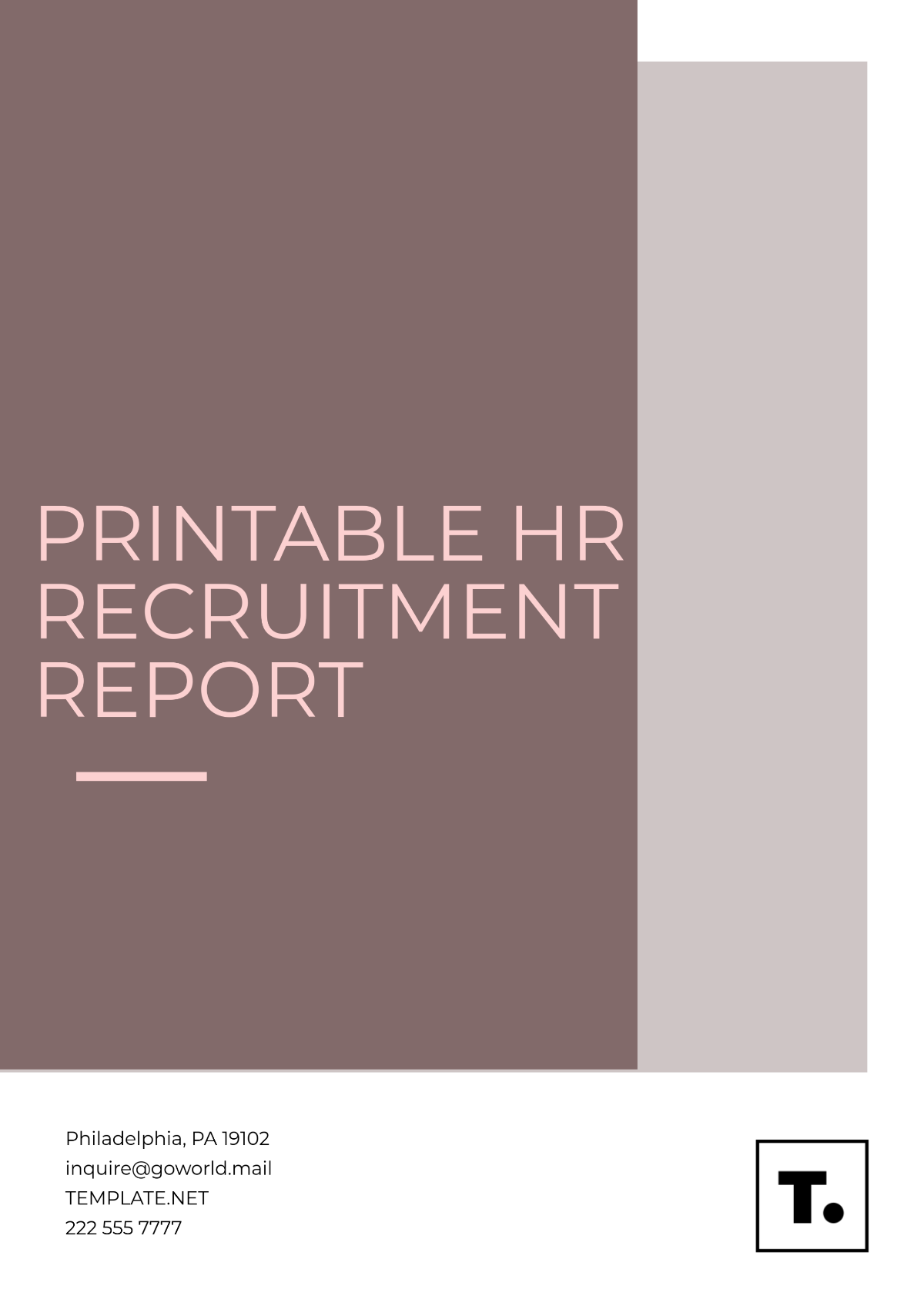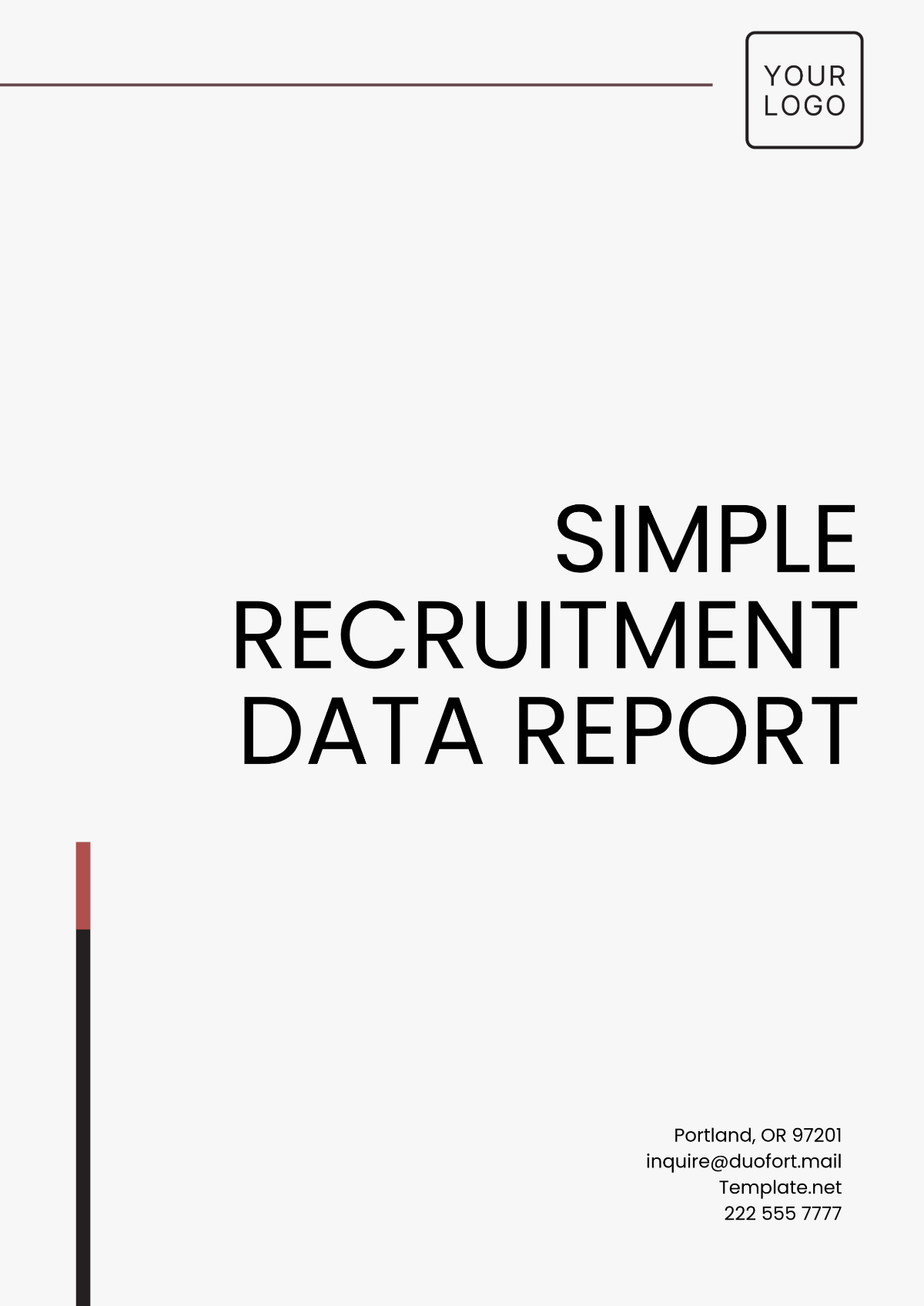Recruitment Process Report
Introduction
The objective of this report is to provide a comprehensive analysis of the recruitment process within the organization. This includes an overview of the current process, identification of challenges, and recommendations for improvement.
Current Recruitment Process
Stages of Recruitment
The recruitment process in the organization is divided into several key stages. These stages are designed to identify and attract the best talent efficiently, ensuring that candidates are a good fit for both the role and the company culture.
Job Analysis and Description
Sourcing and Attracting Candidates
Screening and Shortlisting
Interviews and Assessment
Selection and Job Offer
Onboarding
Job Analysis and Description
Job Analysis involves understanding the precise demands of the role, which aids in creating a detailed job description. This stage is crucial as it sets the foundation for the subsequent recruitment efforts.
Sourcing and Attracting Candidates
This stage involves advertising the job through various channels to attract potential candidates. The channels include online job portals, social media, and recruitment agencies.
Screening and Shortlisting
The screening process involves reviewing resumes and cover letters to shortlist candidates for interviews. This step ensures that only the most qualified candidates proceed to the interview stage.
Challenges Identified
Time-Consuming Process
The recruitment process can be time-consuming, often resulting in delays in filling critical positions. This bottleneck can affect business operations and productivity.
Cultural Fit
Ensuring candidates align with the organizational culture is challenging. Misalignment can result in higher turnover rates.
High Volume of Applicants
An overwhelming number of applications can make it difficult for HR teams to identify the best candidates efficiently.
Recommendations for Improvement
Leveraging Technology
Implement Applicant Tracking Systems (ATS) to streamline the process and improve efficiency in handling large volumes of applications.
Enhancing Employer Branding
Strengthen employer branding to attract top talent by showcasing the company culture, values, and career advancement opportunities.
Structured Interview Process
Develop a structured interview process to ensure a consistent and objective evaluation of candidates.
Focus on Cultural Fit
Include cultural fit assessments as part of the recruitment process to ensure alignment with organizational values.
Conclusion
The recruitment process is a critical component of organizational success. By addressing the identified challenges and implementing the recommended strategies, the organization can enhance its ability to attract and retain top talent. Continuous evaluation and adaptation of the recruitment process will ensure alignment with evolving business needs and market conditions.
Appendices
Table 1: Summary of Recruitment Process Stages
Stage | Description |
|---|---|
Job Analysis and Description | Understanding role demands and creating job descriptions |
Sourcing and Attracting Candidates | Advertising jobs through various channels |
Screening and Shortlisting | Reviewing applications to shortlist candidates |
Interviews and Assessment | Conducting interviews and evaluating candidates |
Selection and Job Offer | Choosing the best candidate and extending an offer |
Onboarding | Integrating new hires into the organization |



























